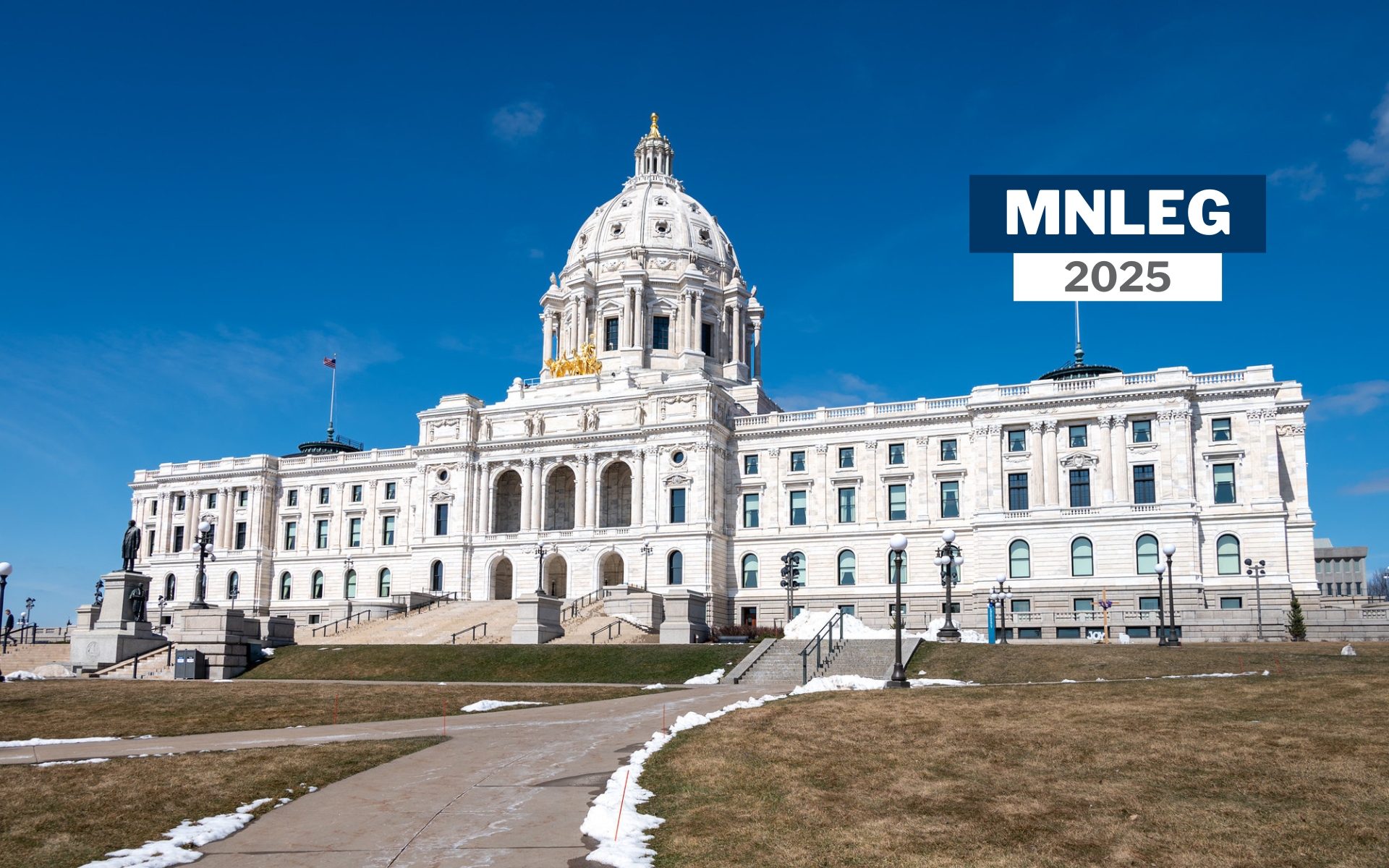Our 2025 legislative priorities for the river
June 16, 2025 update: Check out FMR's post-session legislative roundup to see how these priorities fared.
2025 will not be a repeat of the most recent legislative budget year, when a record surplus and party trifecta delivered significant victories for the river.
As we head into the session, a spate of upcoming special elections and legal challenges (topped off with some political posturing) has muddied the chambers’ waters. We don’t yet know whether Democrats or Republicans will come away with a one-seat majority in the Senate, following the tragic passing of Sen. Kari Dziedzic. In the House, a unique power-sharing agreement meant to reflect the evenly divided chamber following the election proved brittle — and there are now real questions about whether both parties will be able to agree on basic operating procedures for the coming two years.
Things are contentious and acrid. For any bills to pass — and to avoid the possibility of a government shutdown — it will require more cross-party collaboration than during the prior biennium.
Even with all this uncertainty, a lot of our priorities for the Mississippi River this year are in OK shape. They are solutions that have had broad bipartisan support in the past, which we’ve continued to nurture regardless of party control. And we don’t expect that to change anytime soon.
Below, learn more about what we’ll be working on during the 2025 legislative session — and how these efforts help move us toward the goal of a clean, healthy river for all.
Our priorities for the river
More support for Forever Green
This is one of our top priorities in our ongoing effort to address agricultural pollution to the river by greening up the big brown spot. Scientists and commercialization specialists at the University of Minnesota’s Forever Green Initiative are spearheading the development of the clean-water crops we need to make that happen, including winter camelina, Kernza and elderberry.
With more of these crops approaching commercial viability, it’s vital that Forever Green get the funding it needs to keep researching moving forward, and to provide the support farmers need as they incorporate these crops into their operations.
Grants for market development
As Forever Green and its partners launch better-tasting and higher-yielding clean-water crops into production, more and more local businesses are working to bring them to the market. That work might include making a new food product out of Kernza flour, or filling one of the gaps in these emerging supply chains.
We’ll be urging legislators to approve another round of funding for the clean-water crops market development grants program — which, to this point, has bolstered numerous small- and mid-sized Minnesota businesses, but has not been able to keep up with demand.
Nudging renewable jet fuels in the right direction
Will “sustainable” aviation fuel live up to its moniker? It can — but only if we make the right choices. We’ll be advocating for lawmakers to make investments in the most sustainable options. At the top of that list are winter-hardy oilseeds such as camelina and pennycress.
These crops not only can be used to make an ultra low-carbon jet fuel, but to keep pollutants out of our waters while providing a new source of revenue for farmers. We’re helping to lead efforts with our partner organizations, industry leaders and key decision-makers to lay the groundwork for winter oilseeds and make environmentally responsible choices for sustainable aviation fuel production.
Cleaner transportation
A Clean Transportation Standard is a market-based strategy for gradually reducing the carbon intensity of transportation fuels in Minnesota, with a goal of achieving net zero within 25 years.
This approach incentivizes the adoption of electric vehicles, funds the build-out of carbon-free transportation infrastructure, and supports the development of new, more sustainable biofuels (like camelina and pennycress) that reduce climate emissions and runoff pollution while improving soil health, habitat and farm prosperity.
Conservation funding
One of the main ways that we get funding for our conservation work is through Minnesota’s Outdoor Heritage Fund. This year’s recommendations, approved by the bipartisan Lessard Sams Outdoor Heritage Council, includes funding that will allow FMR to enhance 109 acres at three different sites, with the goal of increasing native plant diversity, improving pollinator and wildlife habitat, bolstering water quality and improving public access to natural spaces.
This typically passes each session without controversy, and even with the rocky political reality, we're hopeful that will be the case in 2025.
Clean Water Fund
The Clean Water Fund is the only environmental fund in Minnesota dedicated solely to reducing pollution and protecting clean water. Yet sometimes lawmakers try to use it to pay for things that don’t really fit its purpose. Like we do every session, we’ll be keeping tabs on Clean Water Fund discussions to make sure its dollars are appropriately spent.
Help us accomplish our goals for the river
Getting anything done at the Capitol requires a group effort. FMR and our partners count on you to stay informed and get engaged on the issues you're passionate about. The easiest way to do that?
Subscribe to our email newsletter Mississippi Messages to keep up with all the latest news. Sign up to be a River Guardian, and we'll reach out when there are opportunities to send a message to decision-makers on important issues. (You'll also get invites to special events.)
You can also see all of our active petitions and action alerts here.
